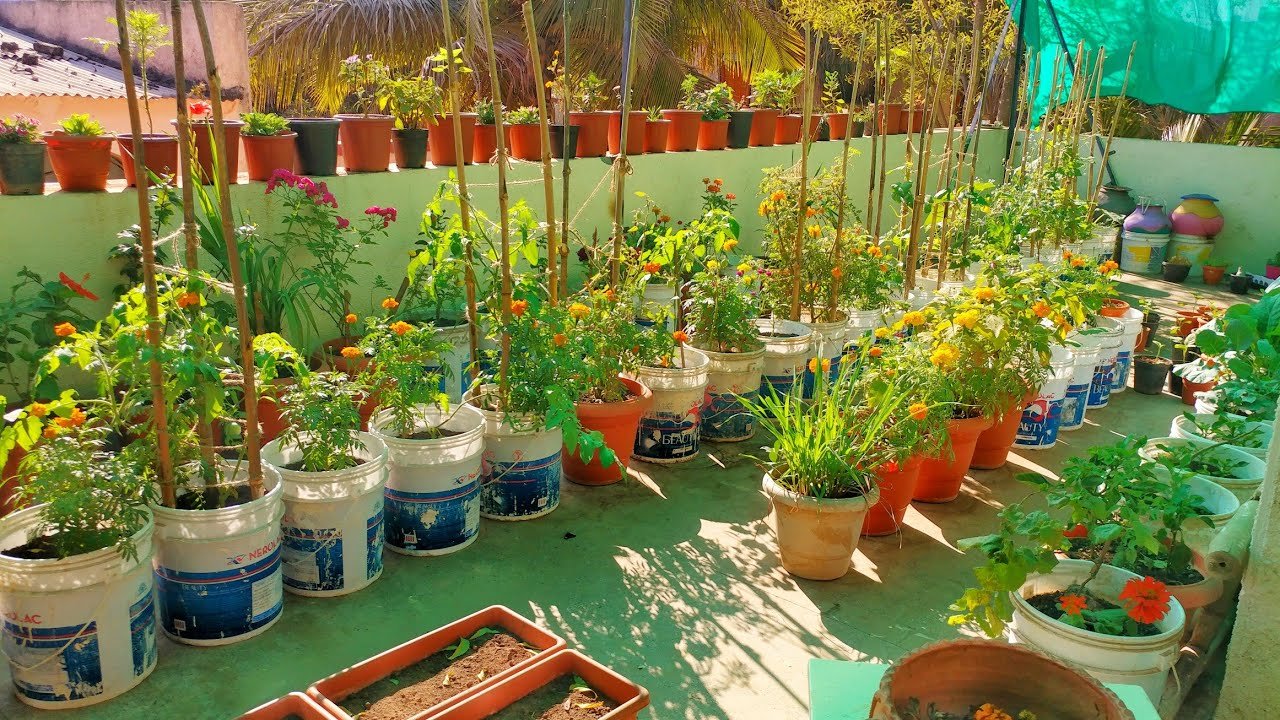Embrace Urban Greenery: The Beauty and Benefits of Terrace Gardens
In the fast-paced rhythm of urban life, finding a slice of tranquility can be challenging. One of the most innovative solutions for city dwellers looking to reconnect with nature is the terrace garden. This verdant oasis, perched above bustling streets, offers a unique blend of aesthetic appeal and environmental benefits. Whether you’re a seasoned gardener or a curious newbie, creating a terrace garden can transform your rooftop into a vibrant sanctuary.
What is a Terrace Garden?
A terrace garden is essentially a garden situated on the roof or terrace of a building. These gardens can range from modest patches of greenery to elaborate landscapes, depending on the space and your vision. The concept has gained traction globally, offering a solution for those who lack traditional garden space due to urban constraints.
Designing Your Terrace Garden
Planning and Preparation: Start by assessing your terrace’s structural capacity. Ensure it can handle the additional weight of soil, plants, and any garden features you plan to include. Consult with a structural engineer if necessary.
Choosing Plants: Opt for plants that are suited to your local climate and the specific conditions of your terrace. Consider factors such as sunlight exposure, wind, and temperature fluctuations. Hardy, drought-resistant plants like succulents, herbs, and some perennials are often ideal for rooftop gardens.
Soil and Containers: Use lightweight, well-draining soil mixes to prevent excess weight and promote healthy root growth. Containers come in various materials, including plastic, fiberglass, and ceramic, each offering different benefits in terms of weight and insulation.
Watering and Irrigation: Terrace gardens may require a more consistent watering schedule compared to traditional gardens due to the exposure to the elements. Installing an irrigation system or using self-watering containers can help maintain optimal moisture levels.
Furniture and Accessories: To maximize the usability of your terrace garden, consider incorporating outdoor furniture, lighting, and decorative elements. Creating comfortable seating areas or adding a small water feature can enhance the garden’s ambiance.
Benefits of Terrace Gardens
Urban Greening: Terrace gardens contribute to the beautification of urban environments. They offer green spaces that improve the aesthetic appeal of buildings and neighborhoods, helping to counteract the concrete jungle effect.
Environmental Impact: These gardens play a crucial role in reducing urban heat islands. Plants absorb sunlight and release moisture into the air, which can help cool the surrounding environment. Additionally, terrace gardens contribute to improved air quality by filtering pollutants and producing oxygen.
Energy Efficiency: A well-designed terrace garden can improve a building’s insulation, reducing the need for air conditioning in summer and heating in winter. The plants and soil act as natural insulators, helping to regulate indoor temperatures.
Food Security: Growing your own fruits, vegetables, and herbs can lead to a more sustainable lifestyle. Terrace gardens provide an opportunity to cultivate fresh, organic produce right at home, reducing dependence on store-bought goods and minimizing food miles.
Mental Health Benefits: Gardening has been shown to reduce stress and enhance overall well-being. The act of tending to plants, coupled with the serene environment of a terrace garden, offers a therapeutic escape from the demands of daily life.
Challenges and Considerations
While terrace gardens offer numerous benefits, they also come with their own set of challenges. Maintenance can be labor-intensive, and issues such as water drainage and plant health need regular attention. Additionally, terrace gardens require initial investment and careful planning to address structural and environmental factors.
In Conclusion
A terrace garden represents more than just a gardening trend; it’s a meaningful way to reconnect with nature and enhance urban living spaces. By thoughtfully designing and nurturing your rooftop oasis, you can enjoy the myriad benefits it offers while contributing to a greener, more sustainable city. Whether you’re growing a few potted plants or creating a lush retreat, a terrace garden is a testament to the beauty and resilience of urban greenery.
